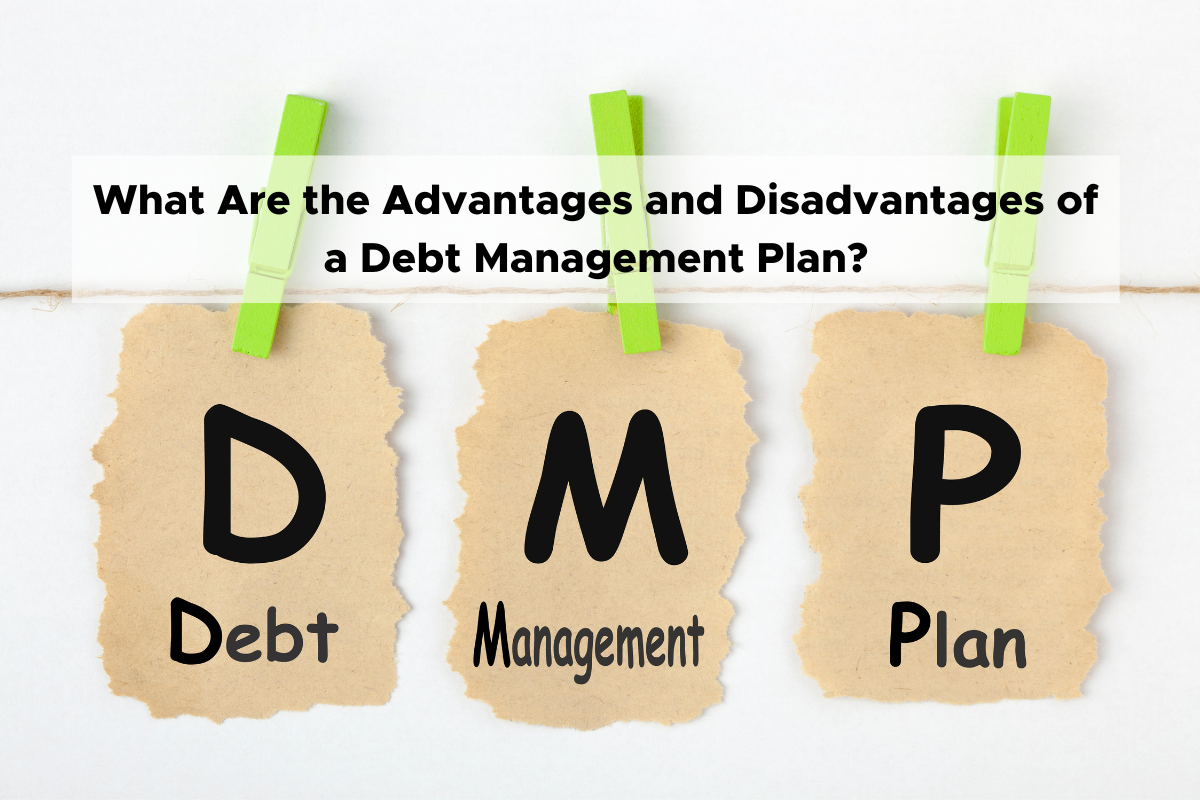Is Financial Debt Consolidation Right for You? Much More Discussion Posted Here
Is Financial Debt Consolidation Right for You? Much More Discussion Posted Here
Blog Article
Whatever You Need to Find Out About Creating a Personalized Debt Monitoring Strategy
In the world of individual financing, devising a customized financial obligation administration plan is usually the keystone of achieving financial security and peace of mind. As you navigate the intricacies of creating a personalized financial obligation management plan, understanding the intricacies of each step is crucial to your economic success.
Evaluating Your Current Financial Debt Scenario
One should initially carry out an extensive evaluation of their current financial debt obligations prior to creating a reliable debt administration strategy. Develop a detailed listing of each financial debt, consisting of the total amount owed, passion prices, minimum regular monthly repayments, and due dates.
After compiling this information, compute your total debt-to-income proportion by splitting your monthly debt payments by your monthly income. This ratio is an essential indicator of your capacity to take care of present debt levels effectively. Additionally, assess your debt report to identify any mistakes or discrepancies that may be impacting your credit rating rating. Comprehending these facets of your financial scenario will certainly lead you in developing an individualized financial debt administration strategy customized to your specific needs and goals.
Setting Financial Goals and Targets

When establishing monetary objectives, it is necessary to be specific, quantifiable, possible, relevant, and time-bound (SMART) As an example, you could establish a goal to repay a particular amount of financial debt within a details time framework, such as decreasing your charge card equilibrium by $5,000 in the following one year - More Discussion Posted Here. By setting clear targets similar to this, you can track your progress and stay motivated to attain your financial debt administration purposes
Additionally, take into consideration prioritizing your financial obligations based upon factors such as rates of interest, exceptional balances, and payment terms. By concentrating on high-interest debts first, you can save money in the future and increase your trip toward monetary liberty. Bear in mind, each person's monetary circumstance is unique, so tailor your targets and objectives to fit your specific demands and circumstances.
Creating a Realistic Spending Plan
Crafting a distinct spending plan is a basic action in effective debt monitoring and monetary preparation. A realistic budget plan functions as a roadmap for your financial wellness, assisting you track your earnings, costs, and debt repayments. To create a functional spending plan, start by listing all your sources of income. This includes your wage, side hustle profits, or any other financial inflows. Next, catalog all your dealt with expenditures such as lease or home mortgage, energies, insurance coverage, and financing settlements. Variable her response expenses like groceries, entertainment, and transportation should also be included. Differentiate in between needs and wants to prioritize vital expenses and identify locations where you can cut down.
When establishing budget plan limits, be truthful with on your own about your costs practices and monetary commitments. Allocate a portion of your income in the direction of paying off debt while guaranteeing you have some funds for financial savings and emergency situations. Consistently review and adjust your budget as required to stay on track with your monetary goals and financial obligation settlement plan. By adhering to a realistic spending plan, you can efficiently handle your financial debt and work towards a more protected economic future.
Exploring Debt Repayment Techniques
After establishing a realistic budget plan, the following crucial step in effective debt monitoring is to explore numerous debt payment approaches. One usual method is the snowball technique, where you focus on repaying the tiniest financial debts initially while making minimal settlements on larger financial debts. This approach can help develop energy as you see smaller financial obligations being cleared, supplying motivation to tackle bigger ones.
Another method is the avalanche technique, which entails prioritizing debts with the highest possible rate of interest. By targeting high-interest financial obligations first, you can minimize the general quantity you pay in interest gradually. This technique may be much more cost-effective over time, even though it could take longer to see specific debts totally paid off.
Financial debt consolidation is one more choice where you integrate numerous financial obligations into a solitary lending with a reduced passion rate. This can simplify your payment process and possibly decrease the complete passion paid. However, it's vital to meticulously consider the terms and charges connected with consolidation to guarantee it's the appropriate selection for your economic situation.
Tracking and Changing Your Strategy

Changing your plan may involve reallocating funds to take on high-interest financial obligations first, working out with creditors for lower rate of interest or far better payment terms, or checking out additional income resources to speed up financial debt payment. As your monetary situation evolves, your financial debt administration strategy ought to adapt accordingly to continue to be reliable. By staying adaptable and positive in surveillance and readjusting your plan, you can enhance your efforts in the look at these guys direction of paying off your financial obligations efficiently and achieving your economic objectives.
Conclusion
To conclude, developing a personalized debt administration plan entails assessing existing debt, establishing financial goals, developing a realistic budget plan, discovering settlement methods, and monitoring and readjusting the plan as required. By following these steps, people can take control of their economic situation and work towards coming to be debt-free. It is crucial to stay regimented and dedicated to the strategy in order to accomplish lasting economic stability.
One have to first perform a detailed evaluation of their existing financial debt commitments before creating an efficient debt monitoring strategy.After establishing a sensible spending plan, the next vital step in effective debt administration is to discover various debt repayment methods - More Discussion Posted Here.To efficiently handle your financial obligation, continual monitoring and change of your financial debt monitoring strategy are important components for lasting monetary stability.Readjusting your plan might entail reapportioning funds to tackle high-interest debts initially, working out with financial institutions for lower passion prices or better repayment terms, or discovering additional revenue resources to speed up debt repayment.In verdict, creating a personalized financial obligation administration strategy involves assessing present financial debt, establishing monetary goals, producing a realistic budget plan, discovering settlement strategies, and monitoring and adjusting the plan as needed
Report this page